The Real History of Bananas! Where did we get the term Banana republic?


The term “Banana Republic” refers to an unstable country whose economy is dependent upon the exportation of a limited-resource product. That’s not my definition, that’s wikipedias! Essentially it means the entire economy of a country is rendered unstable, since it solely relies on trading one thing. If that one thing were to suddenly disappear, then that country’s entire economy would shatter, and it would cease to function. The term was actually coined by by an American Writer, O’Henry, who described Central American countries that were exploited by US Corporations; using the sale of, yep you guessed it; bananas.
Bananas, beautiful and bright. They’re soft and sweet, easily affordable and accessible. It’s no wonder they’re one of the most sold fruits in the entire world. However when you peel back the surface and dive into their history, you’ll notice that there’s more than meets the eye. From Exploitation of Labour to Environmental Degradation, Political Influence and an economical grip that stretched across the entirety of central America; the history of Bananas doesn’t come without its horrors.
In the 1800’s, America’s demand for bananas boomed. From explorers bringing back small samples, the public quickly grew a liking to the bright yellow fruit. One particular variant of Banana, called the Gros Michel, outshone the rest. It grew in large bunches, which meant there were a lot available. On top of this they had thick skin, which meant they were easier to ship. Bananas suddenly became the world’s next fad; they being cheap and healthy, as well as being available all around.
It’s no wonder that America wanted to get their own hand-hold in the industry. Enter United Fruits Company, also known then as “El Pulpo” or “The Octopus” in Spanish; for their long and deep reach into Central America. United Fruits (and other Banana Business-men), bribed those in power in Central America, and even funded coups in Central America; to ensure that they had power there. By the 1930’s, United Fruits owned over 40% of Guantamella’s Farmable land.
Entire Rainforests were destroyed in order to make room for Banana Plantations. Railways and towns were built to house workers and help them get to work quicker, and ports were built to help ship produce. Accessibility to the Banana Farms couldn’t have been easier. All of these plantations grew exclusively Gros Michel Bananas; which had little biological diversity. This meant that they were mostly the same. They tasted the same, looked the same, and were susceptible to the same things.
The 1910’s marked the beginning of the end for Gros Michel plantations. The Panama Disease began to sweep the farms; a fungus that causes Banana Plants to wilt. The accessible railroads and ports that let workers and produce travel quickly and easily, now was a mere tool for the Gros Michel’s greatest threat. Entire plantations were infected and rendered obsolete. Banana Companies had abandoned these infected plantations, which left farmers and workers jobless. Companies then began to destroy more rainforests to make more room for new plantations, in hopes to replenish their lost supply.
After World War 2, Central American governments switched to Democratic Parties. One Guantemellen president bought back some land from United Fruits and redistributed them back to their own farmers. The political party revealed United Fruits to be under-reporting their taxes, which the company was not too thrilled about. To bite back, they launched campaigns against the Guatemalan government and went as far to plead to the US for help. It turns out that this worked, and the CIA eventually helped overthrow the government.
One thing was clear however; the Gros Michel was no longer a favorable banana to grow. A new variant, called the Cavendish became the next favorite. Though they weren’t as sweet, and their skin wasn’t as thick, they were resistant to the Panama Disease; which meant they could actually be grown without the fear of a wide-scale collapse. Slowly, plantations all across Central America began to switch to the Cavendish, and it’s the banana that you probably consume the most. Unfortunately, it seems that history was not a lesson to obey here; as the Cavendish too lacks much biological diversity. A new fungus, much like the Panama Disease, may just be waiting to sweep Central America of their Banana Plantations once again.
What do we do?
Banana Republics is a term that’s used often to describe unstable economies, and it’s something that the world should actively try to avoid. It’s never a good idea for a country to rely on one thing to be sustainable. Understanding the effect that United Fruits (now known as Chiquita Brands International) had on Central America is an important reminder that we must do better as companies, for everyone. Whilst providing good service, we have a responsibility to make sure our work is ethical, and it’s something we take pride in. Our bananas are all fairtrade. This means that we only get supply from where we know that farmers are treated with fairness and respect, whilst having better working conditions.
Share this post
Related Posts
Fruit For The Office and Recycling
Fruit For Thought - Braeburn
Nutritional Insight - Minerals
Honeydew Melon Health Benefits and their History
Valentine's Day
Fruit For Thought - Banana
Easter Opening Times
Bank Holiday Procedure - 2023
How Caffeine Affects our Bodies
The Benefits of Early-Morning Deliveries
How fruit boosts productivity in the office
5 Delicious Fruits to Have in Summer
Our New Fruit Boxes | Fruit For The Office
How fruit helps in the heat
How to entice staff to eat fruit in the Workplace
The Fruitful Impact: How Fruits Reshaped History
What Do Fruit Delivery Companies Actually Do?
The Benefits Of Cucumbers | Everything you need to know!
Fruit For Thought - Pomegranate
How Pumpkins became associated with Halloween and their health Benefits for you
Bank Holiday Procedure and Planned Closures - 2024
Discover 10 Delicious Types of Pears - A Guide to Varieties
Discover 15 Exotic and Bizarre Fruits from Around the Globe
Everything to know about Skimmed Milk
8 reasons to get milk to the office
5 Critical Benefits of Healthy Office Snack Box Deliveries
Bank Holiday Procedure and Planned Closures - 2025
City Harvest and Fruit For The Office Collaboration
Valentines Day 2025
Categories
Tags
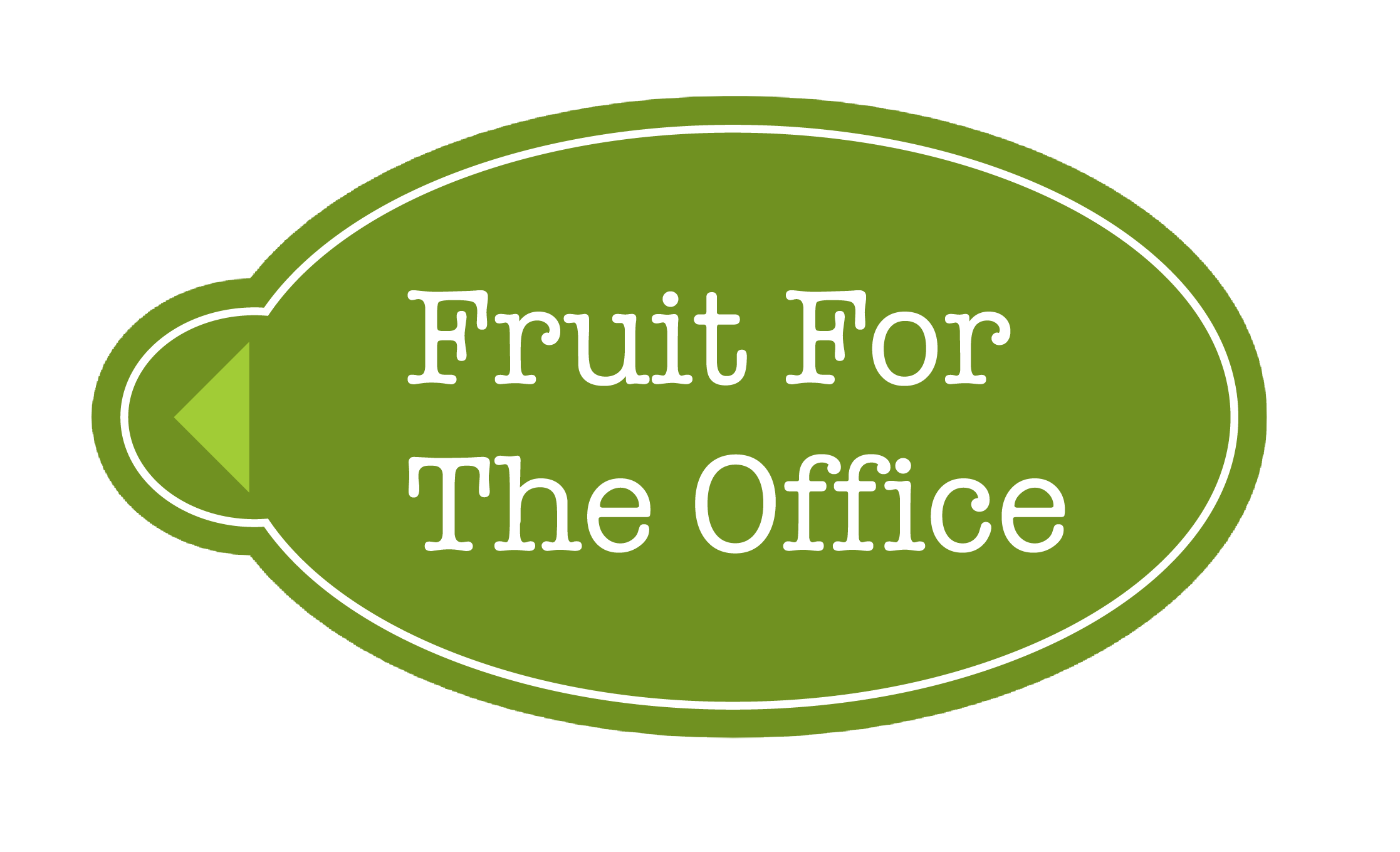

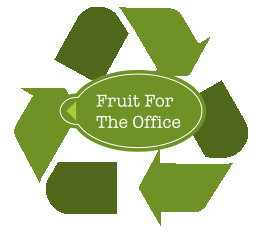
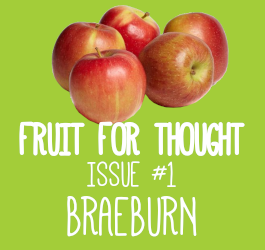
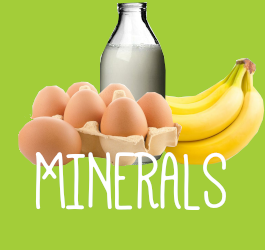
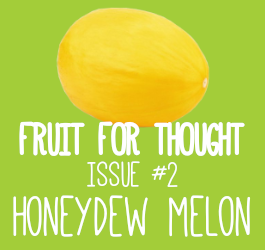

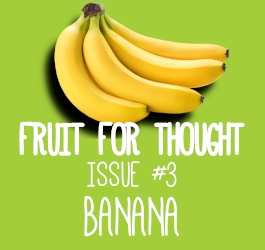
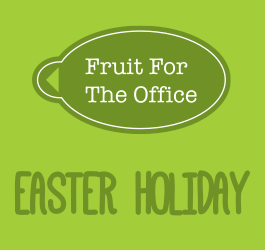
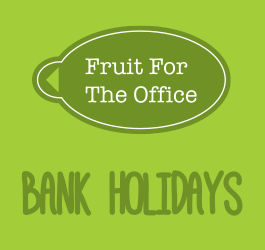



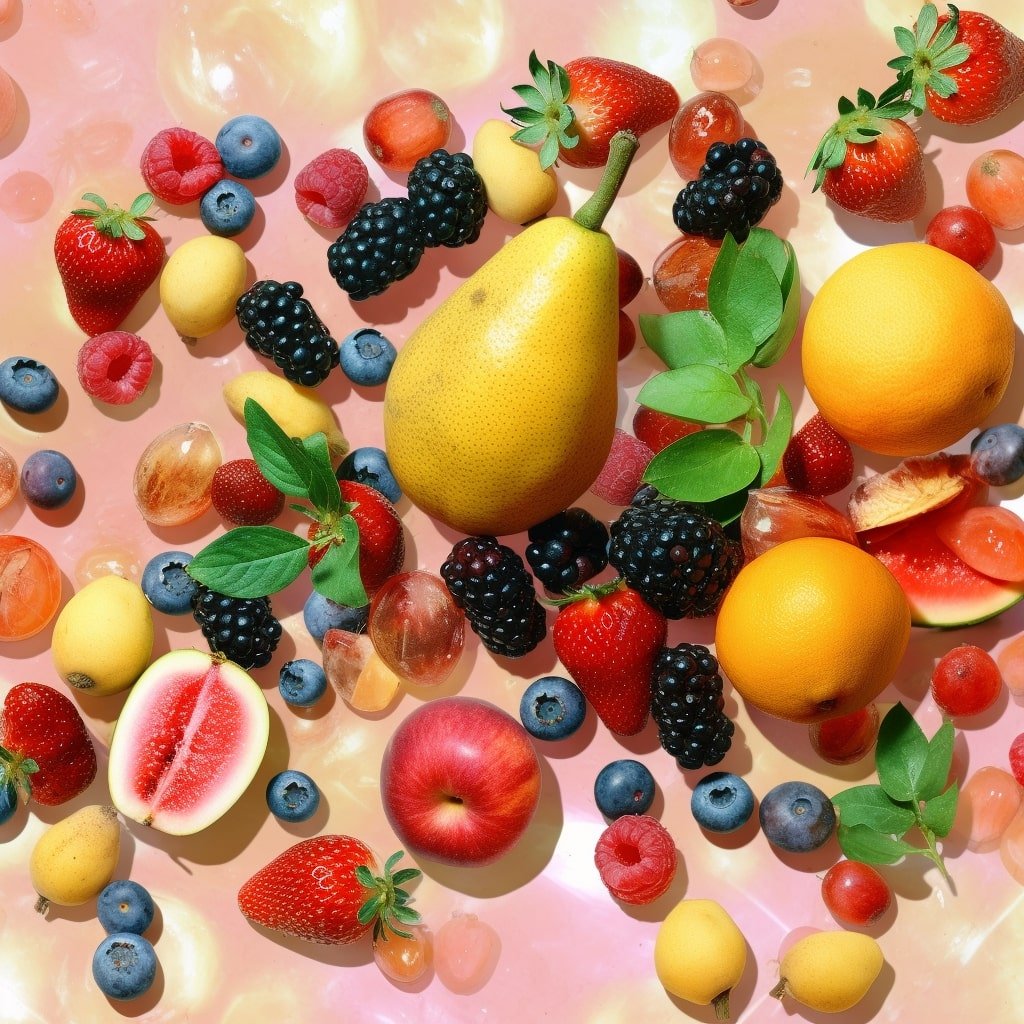



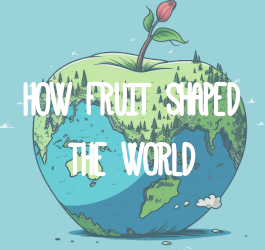
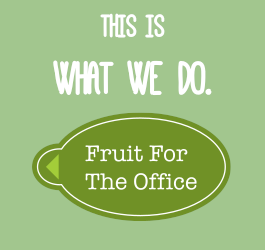
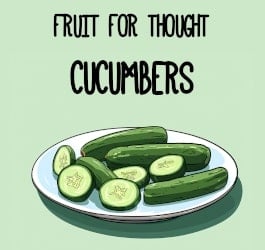
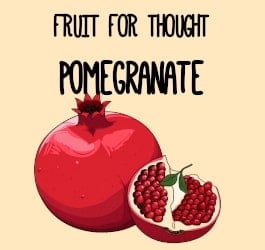



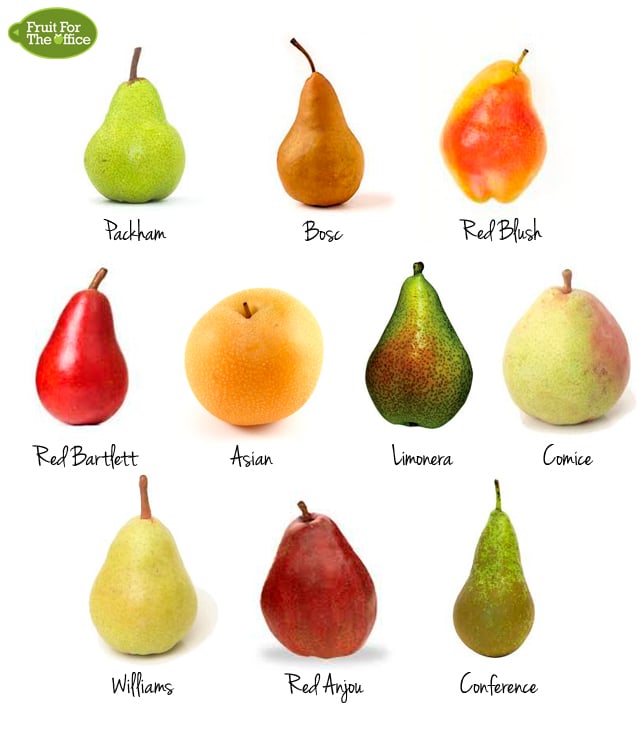
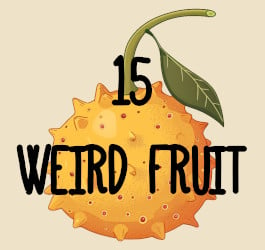

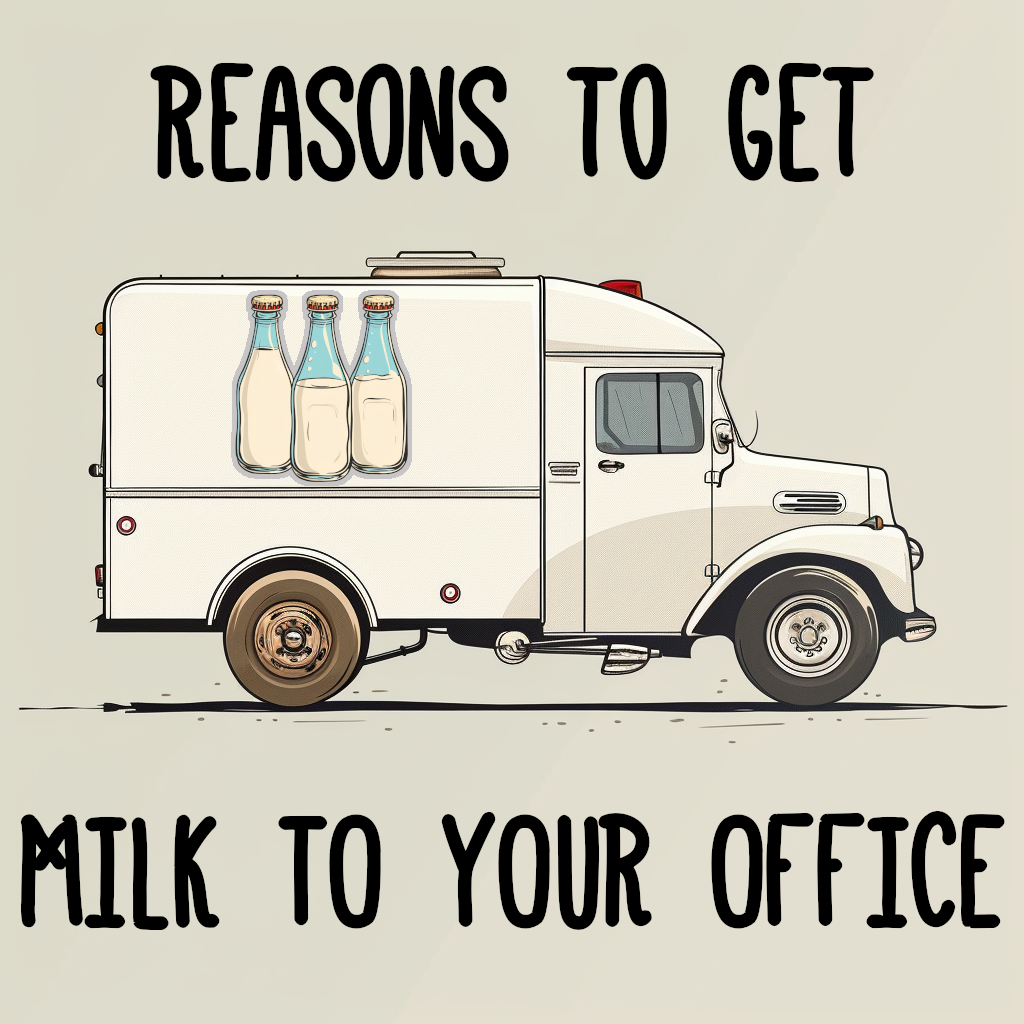
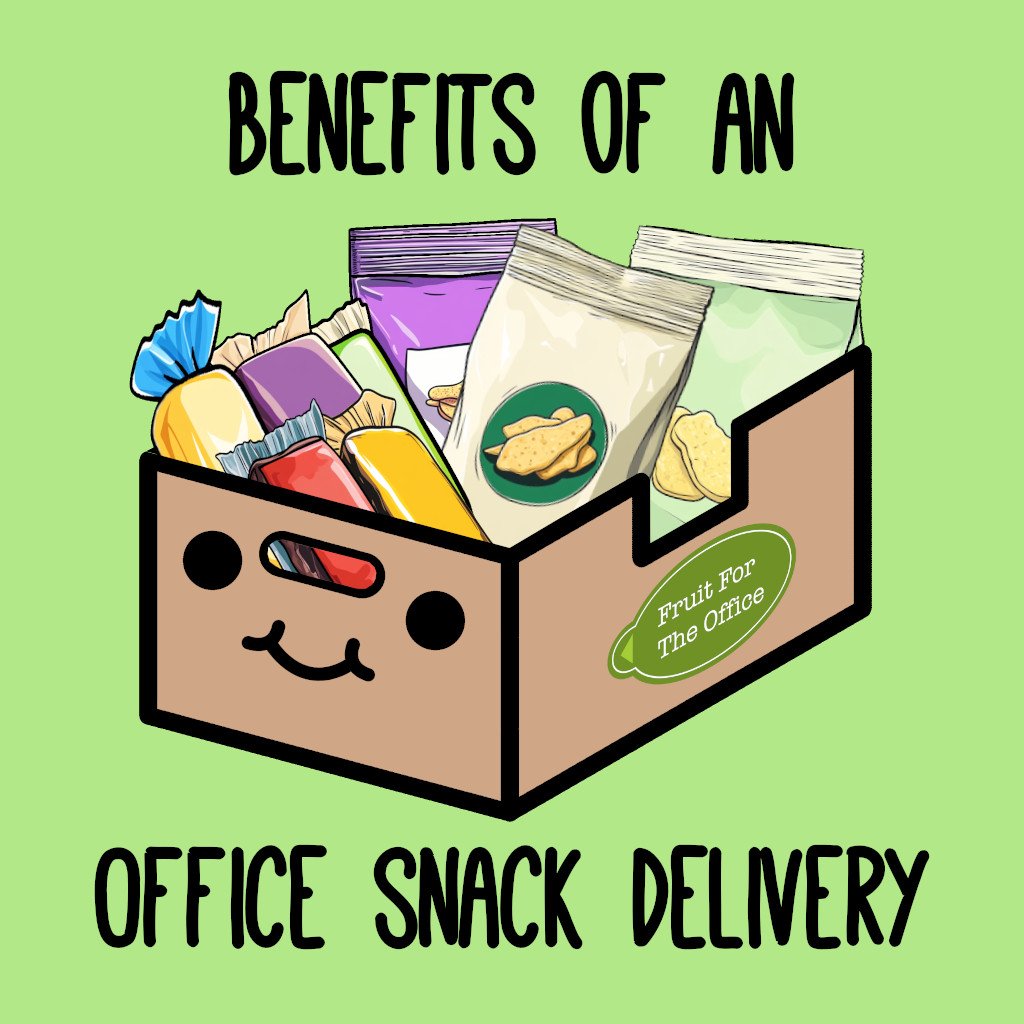
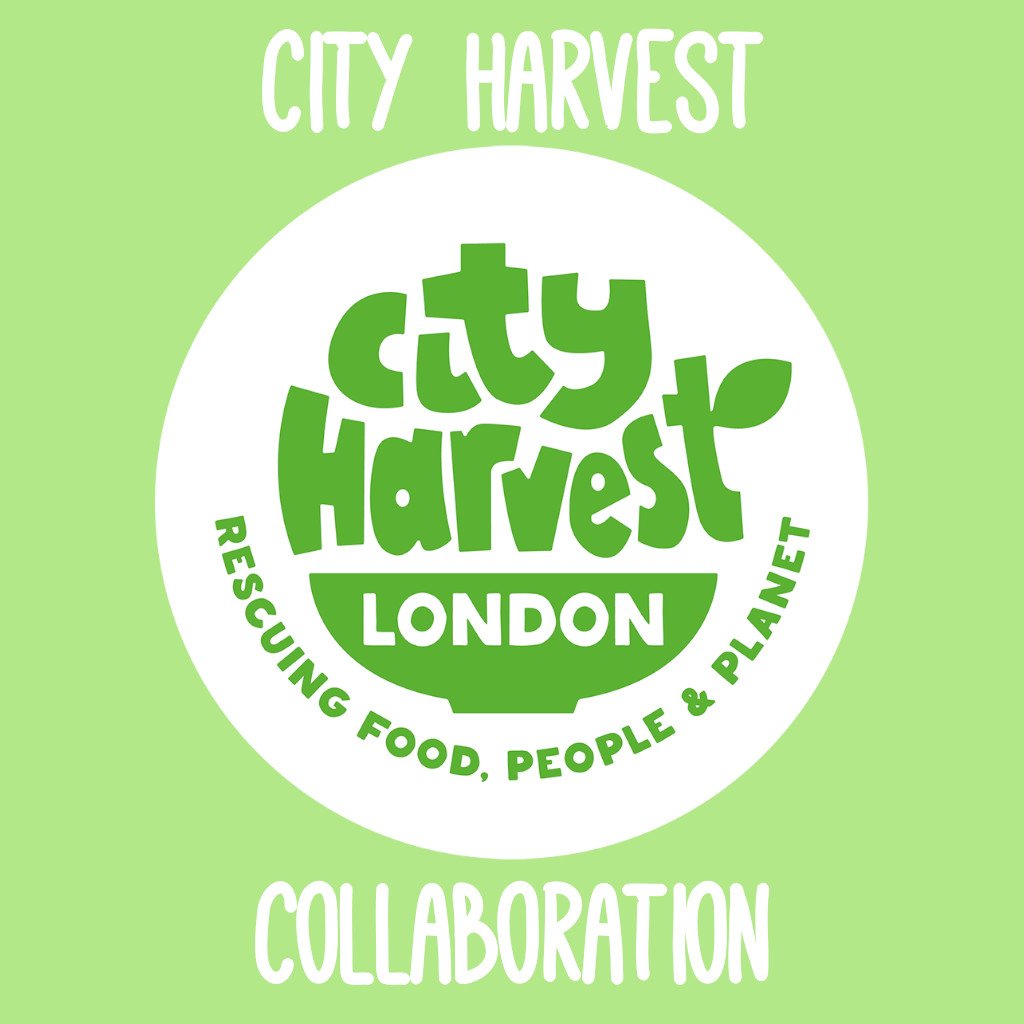



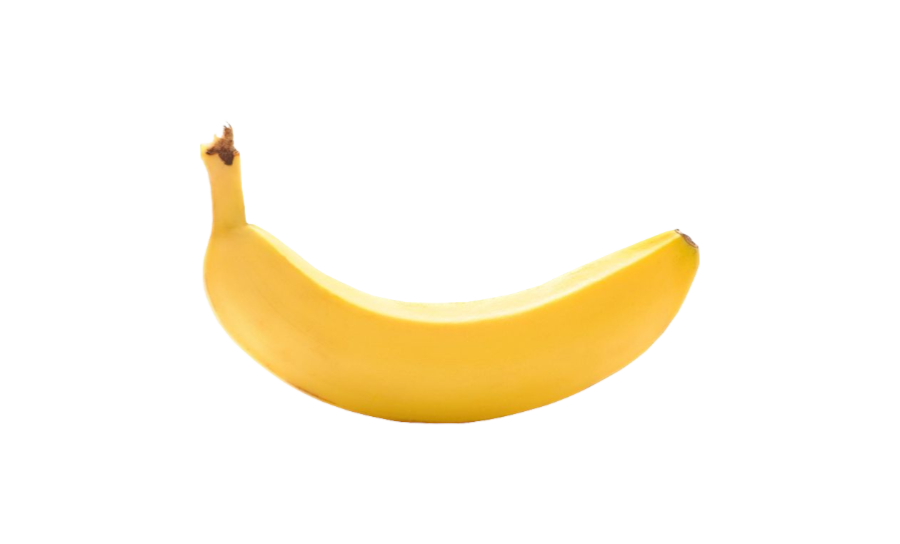

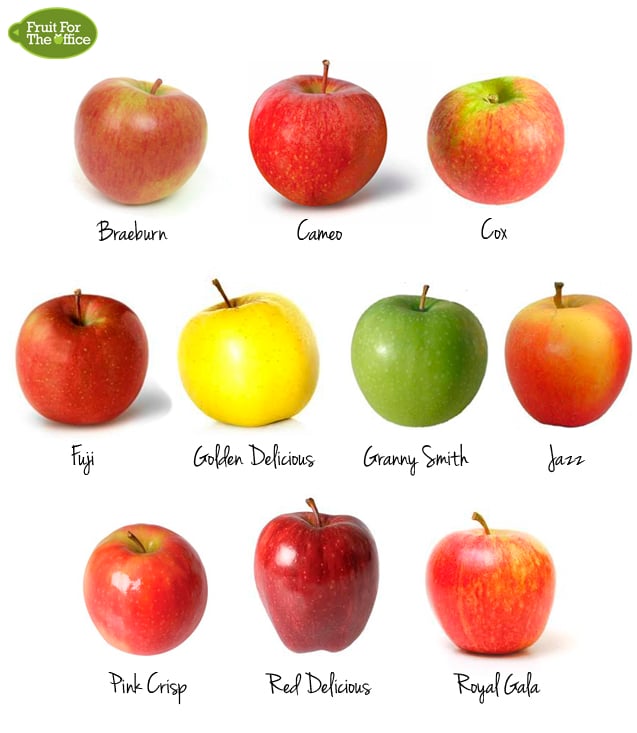





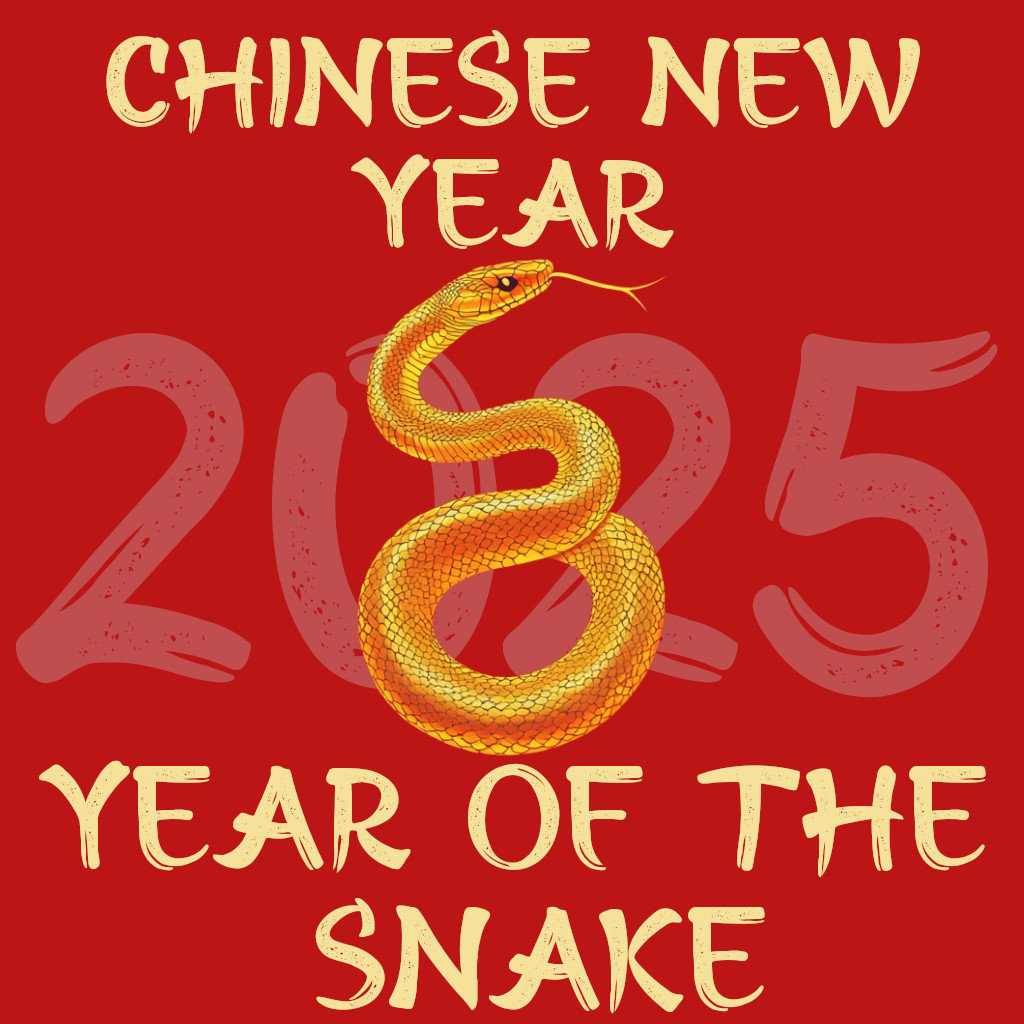
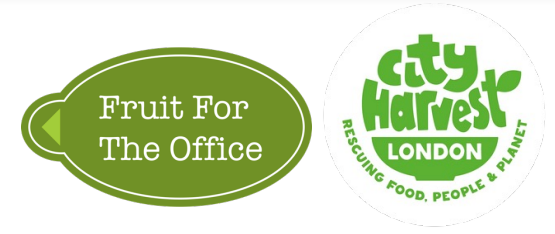
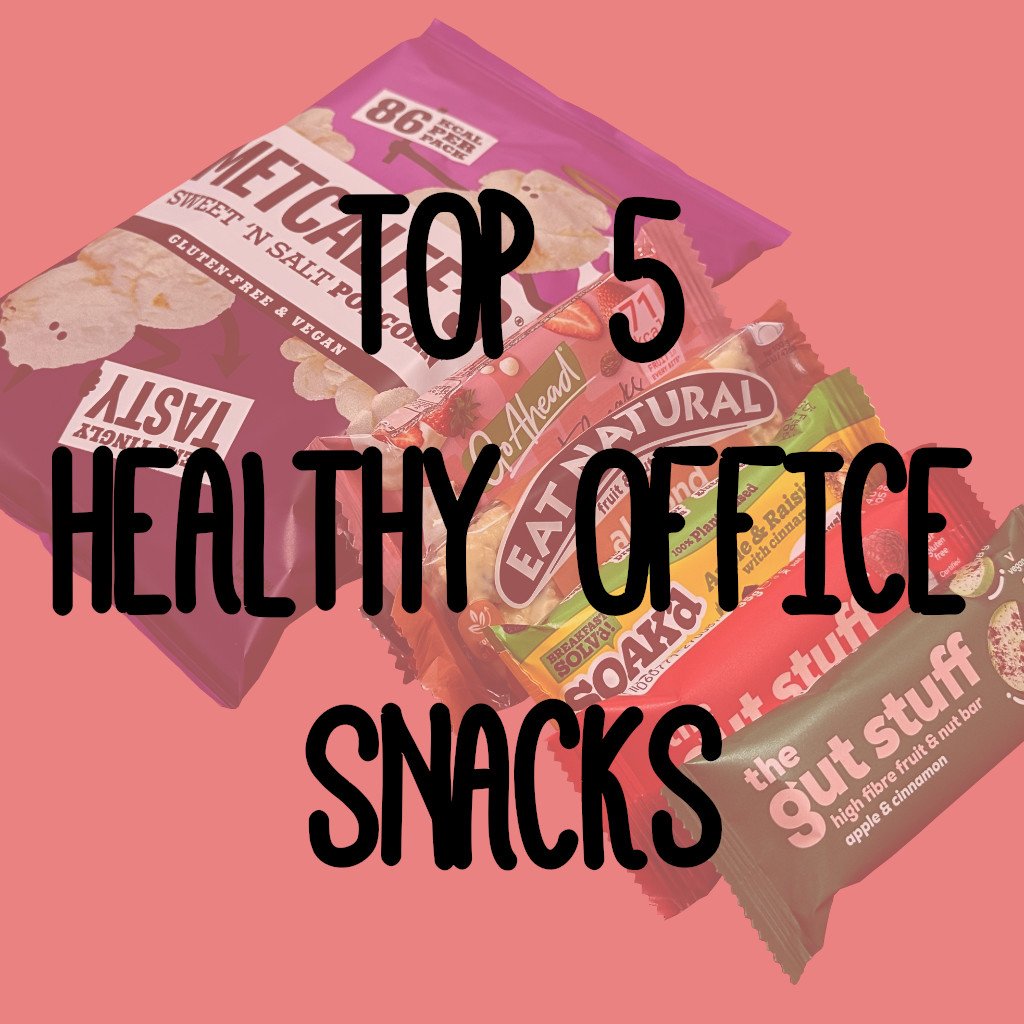

Comments